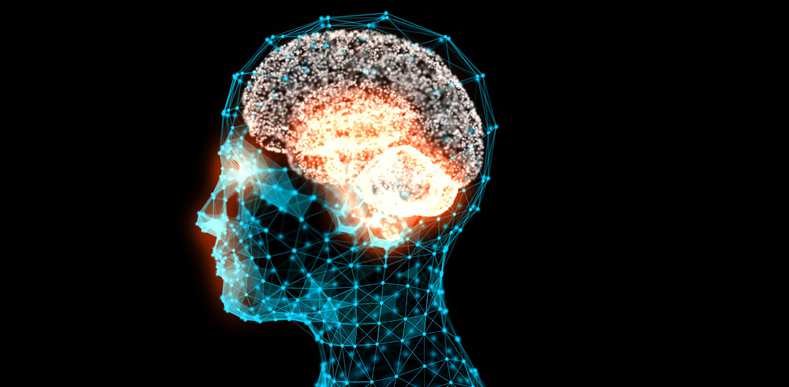Using Neurofeedback in Addiction Treatment

Neurofeedback sounds like the latest Keanu Reeves sci-fi thriller, but it is not futuristic at all. When you consider the science behind it, neurofeedback may give real hope to people suffering from addiction to drugs and alcohol. How does neurofeedback work? Why might it be effective in treating addiction?
How Does Neurofeedback in Drug Rehab Work?
Addiction is not about self-control or being selfish; addiction is a disease of the brain. Many times individuals use alcohol and drugs in an attempt to self-medicate an undiagnosed brain disorder. This can lead to addiction. The Oregon Health Authority (OHA) has released the following statistics that show how widespread these problems are.
- Between 2000 and 2012, 4,182 people died from drug overdoses.
- Opioid-related deaths have accelerated by three times over as many years.
- Between 2000 and 2012, a staggering 15,230 hospitalizations occurred due to drug overdoses.
Studies have found that neurofeedback is an effective treatment for drug and alcohol addiction. Neurofeedback, or EEG biofeedback, is a medical technique that tracks brain patterns and then retrains patients to alter their behaviors and the underlying brain patterns to help reduce the effects of addiction.
The way it works is through the use of electrical mapping of the brain with an electroencephalogram (EEG). Doctors attach electrodes to a patient’s head and look at the electrical activity of the brain on a computer. Then images are fed back to the brain in the form of games, colors, or audio. With this feedback, the brain begins to regulate itself toward balance; behavioral training is also applied that teaches the patient to be calmer and more rational in decision-making. Stress is a big cause of drug and alcohol relapse; by changing behavior, neurofeedback retrains the misfiring portion of the brain.
According to About Neurofeedback, studies are showing that this therapy has some very positive results.
- The therapy is non-invasive and has no side effects.
- It yields higher success rates and lowers relapse in patients when neurofeedback supplements other forms of therapy.
- More than 85 percent of neurofeedback patients improve their ability to think calmly and rationally instead of acting impulsively.
Retraining the brain to manage emotions and mood carefully and rationally helps people be more in charge of their lives and their addictions. About Neurofeedback states that the treatment “can help a person learn to be aware of triggers that lead to numbing and destructive behavior patterns, and eventual relapse.”
Potential Future Uses for Using Neurofeedback
Neurofeedback as part of a cohesive treatment plan shows real promise for freeing more people from the addiction cycle. It can help during detox or during the agitation that comes from the early recovery phase of addiction treatment. Neurofeedback can help motivate and calm individuals, and help by regulating sleep patterns.
If you or any of your loved ones are suffering from drug or alcohol abuse, please do not wait to act. Contact us today to learn more about admissions.




